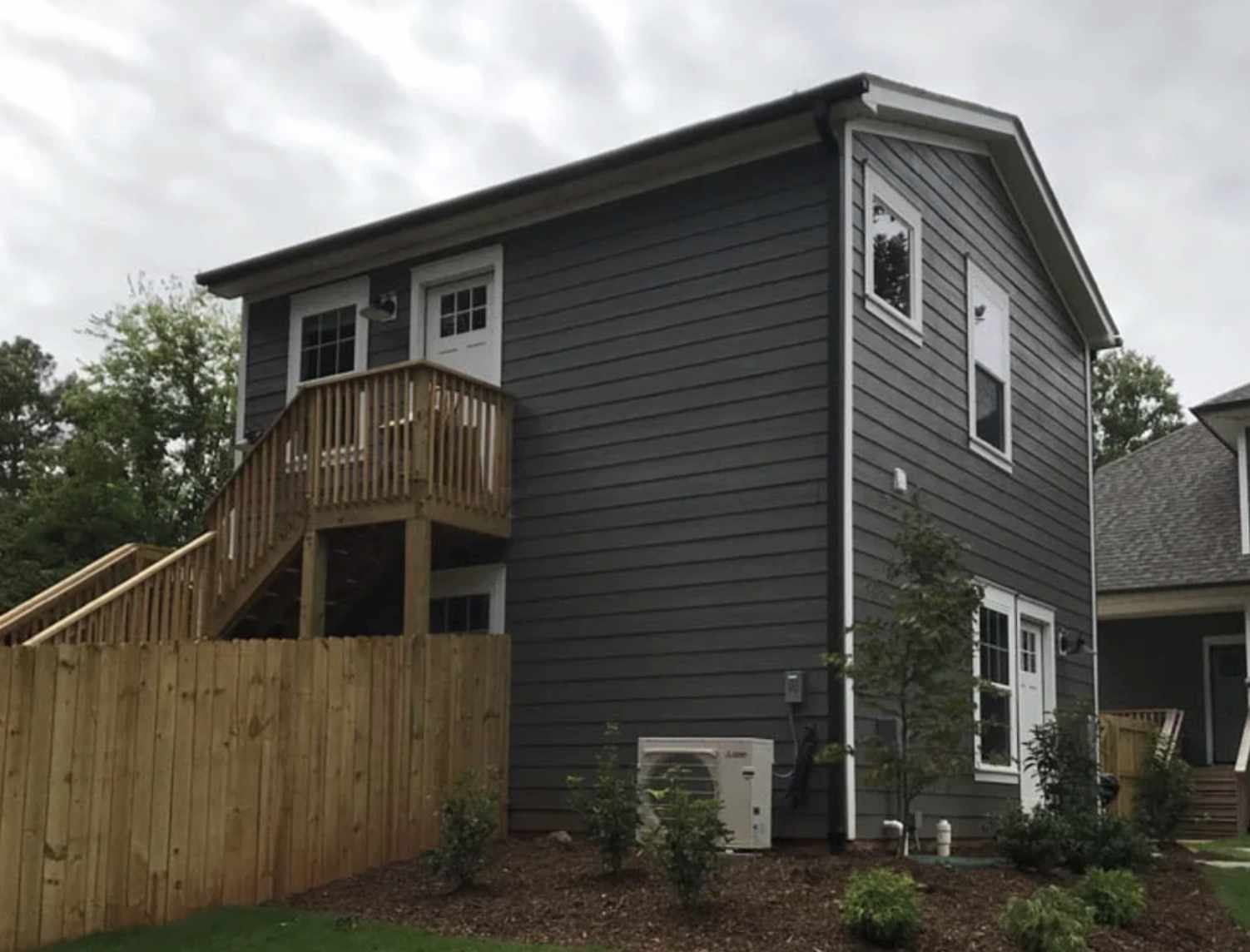
The process of constructing homes is an intricate dance of artistry, design, and technical precision. From initial planning to final landscaping, residential construction turns raw materials into living spaces where people build their lives. Whether you’re planning to construct your dream home, invest in property development, or simply want to understand how homes are built, having a deeper knowledge of residential construction is invaluable.
Residential construction encompasses the building of structures where people live, including single-family homes, townhouses, condominiums, and low-rise apartment buildings. This process involves collaboration between architects, engineers, contractors, and skilled tradespeople, working together to bring architectural plans to life. The residential construction industry is a vital part of the economy, providing housing and employment to millions.
Understanding Residential Construction Fundamentals
Residential construction refers to the creation of living spaces designed to accommodate families and individuals. Unlike commercial construction, which focuses on business buildings, residential projects aim to create homes where people sleep, eat, and relax. This distinction influences everything from design to materials and construction techniques.
The construction process typically begins with site preparation and foundation work, progresses through framing and exterior finishing, and ends with interior work and landscaping. Each stage demands specific expertise, with professionals from various fields contributing their knowledge and skill.
Key Phases of the Residential Construction Process
The residential construction timeline is generally divided into several key stages, each crucial to the final outcome:
Pre-construction Phase: Planning, design, budgeting, and obtaining permits are handled at this early stage, setting the foundation for the entire project.
Site Preparation: The site is cleared, graded, and prepared for the foundation, ensuring proper drainage and the stability needed to support the structure.
Foundation Construction: The foundation is the bedrock of any home, providing structural support. Depending on the design and local conditions, it could be a concrete slab, crawl space, or full basement.
Framing: This stage involves building the skeleton of the house, including the walls, floors, and roof. Wood framing is typically used in residential construction in North America.
Exterior Finishing: This phase includes installing the roof, siding, windows, and doors to protect the house from weather and ensure security.
Mechanical Systems: The installation of plumbing, electrical, and HVAC systems occurs during this stage.
Insulation and Drywall: Proper insulation improves energy efficiency, while drywall creates interior walls and ceilings.
Interior Finishing: This stage includes installing flooring, cabinetry, countertops, and trim work. Painting and decorative finishes are also applied.
Final Touches: Final inspections, cleaning, and any necessary corrections are made before the home is ready for occupancy.
Residential vs. Commercial Construction
While there are similarities between residential and commercial construction, several key differences set them apart:
Scale and Complexity: Commercial projects are typically larger and more complex, often involving multiple stories and specialized systems.
Materials: Residential buildings primarily use wood framing, while commercial buildings more commonly utilize steel and concrete for greater strength.
Regulations: Both must adhere to building codes, but commercial constructions face stricter regulations regarding safety, accessibility, and environmental concerns.
Timeline and Budget: Commercial projects generally have longer timelines and higher budgets than residential ones.
Design Priorities: Residential construction focuses on comfort and privacy, while commercial designs prioritize functionality and efficiency.
Key Considerations for Successful Residential Construction
Successful residential construction requires careful planning, quality materials, skilled labor, and attention to detail. Here are a few crucial considerations:
Budgeting and Financial Planning
Accurate budgeting ensures that funds are available at each stage of the project and prevents cost overruns. A comprehensive construction budget includes:
Land acquisition costs
Design and engineering fees
Permit and inspection fees
Site preparation and construction materials
Mechanical systems and interior finishes
Landscaping and contingency fund (10-20% of the total budget)
Understanding construction loans, which differ from traditional mortgages, is essential for managing cash flow during the project.
Quality Materials and Construction Techniques
The materials and techniques used in construction directly affect a project’s durability, energy efficiency, and long-term value. Key areas include:
Structural Materials: Ensuring proper reinforcement and quality concrete and lumber for a stable foundation and frame.
Exterior Envelope: Durable roofing, siding, windows, and doors provide protection from the weather and contribute to energy efficiency.
Interior Materials: Materials used for flooring, cabinetry, and fixtures should be both aesthetically pleasing and durable.
Mechanical Systems: Plumbing, electrical, and HVAC systems must meet current codes and be energy-efficient.
Incorporating modern techniques like modular wall systems and prefabrication can enhance quality and reduce construction time.
Regulatory Compliance and Permits
Navigating building codes and zoning regulations is crucial to a successful construction project. The process typically involves:
Plan review by local building departments
Issuance of building permits
Inspections at key stages of construction
Final inspection and certificate of occupancy
Adhering to these codes ensures the safety and quality of the home.
Project Management and Timeline Planning
Effective project management ensures that a project stays on track. A typical residential project can take between 6 to 12 months, with larger projects taking longer. Successful project management includes:
Developing realistic construction schedules
Coordinating subcontractors and material deliveries
Regular site meetings and progress checks
Proactive problem-solving and quality control inspections
Software tools can aid in communication, scheduling, and budget tracking, making coordination easier.
Energy Efficiency and Sustainability
Modern residential construction increasingly focuses on energy efficiency and sustainability. Key elements include:
Proper site orientation to maximize solar energy use
High-quality insulation and air sealing
Energy-efficient windows, doors, and heating/cooling systems
Use of sustainable materials and water conservation methods
Programs like LEED and ENERGY STAR offer frameworks for sustainable construction and help increase market value.
Trends Shaping the Future of Residential Construction
As the industry evolves, several trends are shaping the future of homebuilding:
Technological Innovations
Technology is revolutionizing home construction:
Building Information Modeling (BIM) helps visualize the entire project, improving coordination and reducing conflicts.
Prefabrication speeds up construction while improving quality.
Drones and robotics are becoming more common for surveying, monitoring progress, and automating tasks.
3D Printing holds promise for creating complex elements and even entire structures.
Smart Home Integration is increasingly included in new homes for security, energy management, and convenience.
Changing Housing Preferences
The evolving needs of homeowners influence design trends:
Aging-in-Place: Homes designed with universal design principles for accessibility.
Multigenerational Living: Homes designed for multiple generations, often featuring separate living areas.
Work-from-Home Spaces: The rise of remote work has led to a demand for dedicated home offices.
Smaller, More Efficient Homes: Buyers are prioritizing location and quality over size.
Community-Oriented Developments: Walkable neighborhoods and mixed-use developments are growing in popularity.
Sustainable Building Practices
Environmental concerns continue to drive construction innovations, such as:
Net-Zero Homes: Buildings that produce as much energy as they consume.
Mass Timber Construction: Engineered wood products offer sustainable alternatives to traditional framing materials.
Water Conservation: Systems like rainwater harvesting and drought-resistant landscaping help conserve water.
Labor and Supply Chain Challenges
Skilled labor shortages and supply chain disruptions are ongoing issues that affect timelines and costs in residential construction. The increasing cost of materials also impacts project budgets.
Conclusion
Residential construction is a complex and dynamic field that combines technical expertise, creativity, and practical skill. As technology advances and sustainable practices become more prominent, the future of home building looks bright, with new opportunities for efficiency, comfort, and environmental responsibility. Whether you’re embarking on a home-building project or simply want to learn more about how homes are constructed, understanding the process, trends, and challenges in residential construction can give you a deeper appreciation for the homes we create and the lasting impact they have on communities.


Write a comment ...